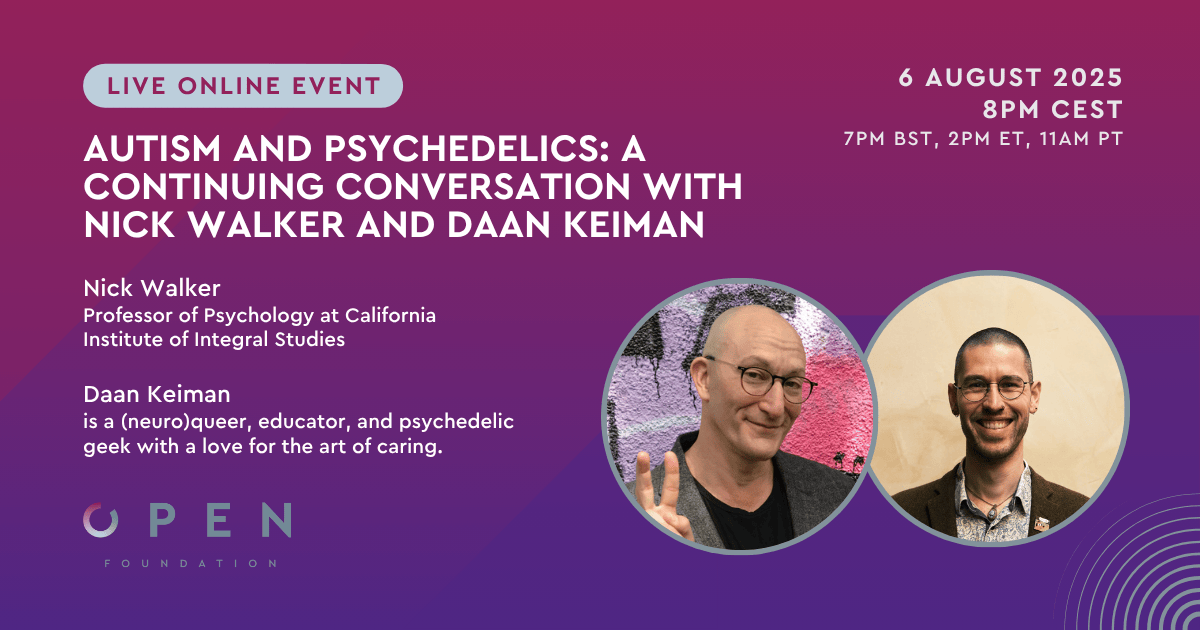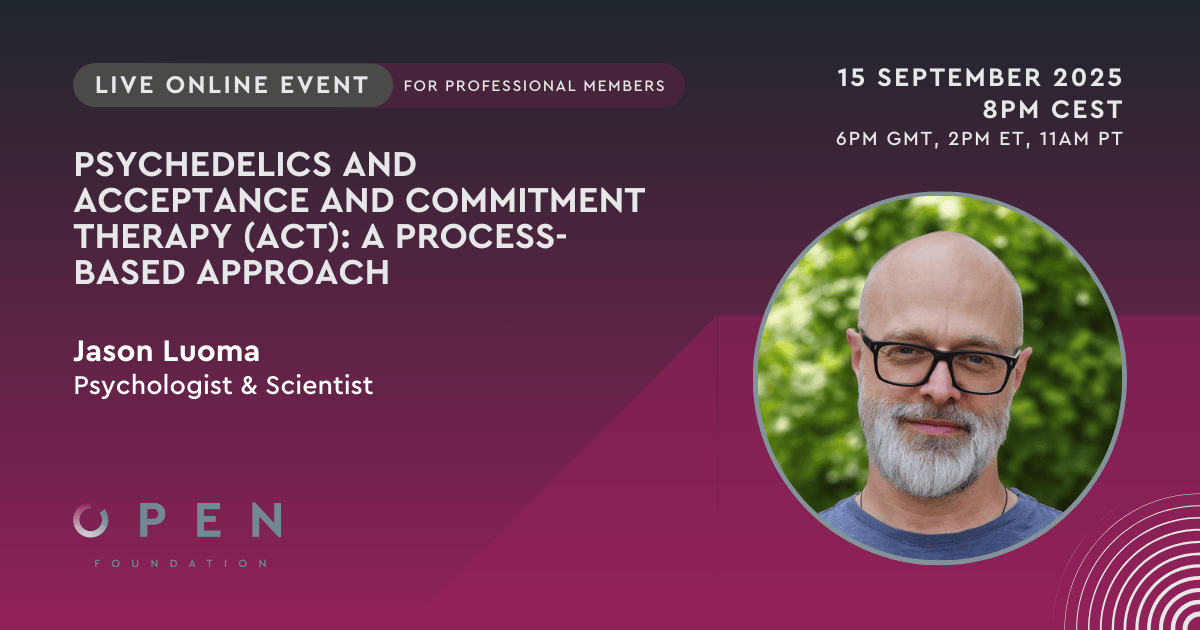Abstract
Lysergic acid diethylamide (LSD) is the most potent hallucinogen known and its pharmacological effect results from stimulation of central serotonin receptors (5-HT2). Since LSD is seen as physiologically safe compound with low toxicity, its use in therapeutics has been renewed during the last few years. This review aims to discuss LSD metabolism, by presenting all metabolites as well as clinical and toxicological relevance. LSD is rapidly and extensively metabolized into inactive metabolites; whose detection window is higher than parent compound. The metabolite 2-oxo-3-hydroxy LSD is the major human metabolite, which detection and quantification is important for clinical and forensic toxicology. Indeed, information about LSD pharmacokinetics in humans is limited and for this reason, more research studies are needed.
Libânio Osório Marta, R. F. (2019). Metabolism of lysergic acid diethylamide (LSD): an update. Drug metabolism reviews, 51(3), 378-387. https://doi.org/10.1080/03602532.2019.1638931
Link to full text
Libânio Osório Marta, R. F. (2019). Metabolism of lysergic acid diethylamide (LSD): an update. Drug metabolism reviews, 51(3), 378-387. https://doi.org/10.1080/03602532.2019.1638931
Link to full text













